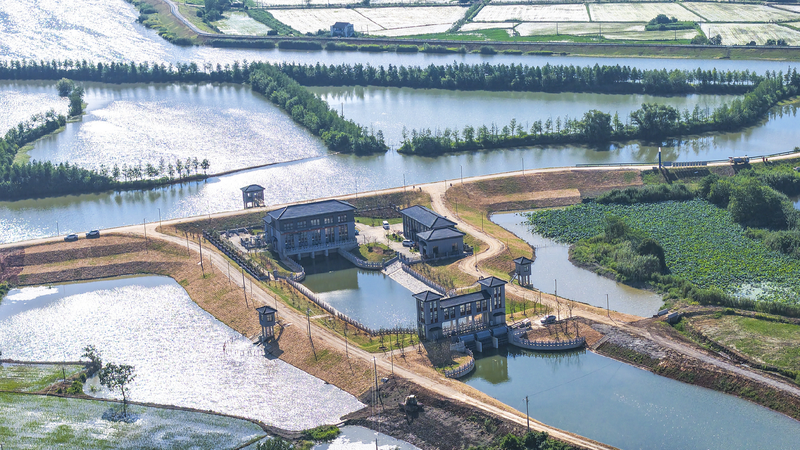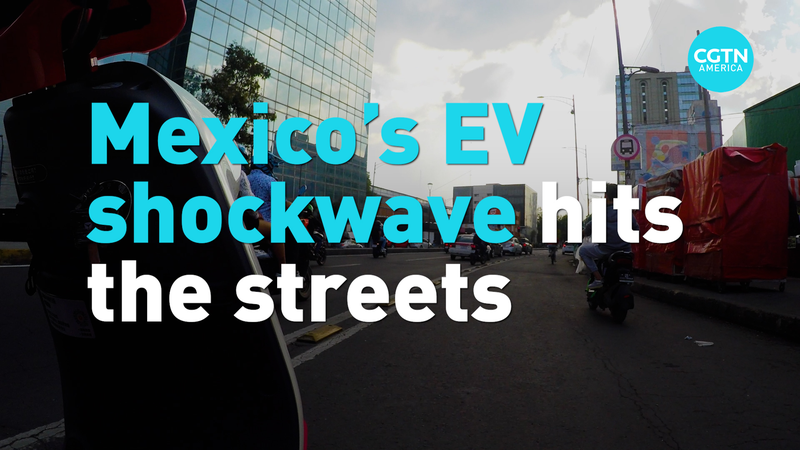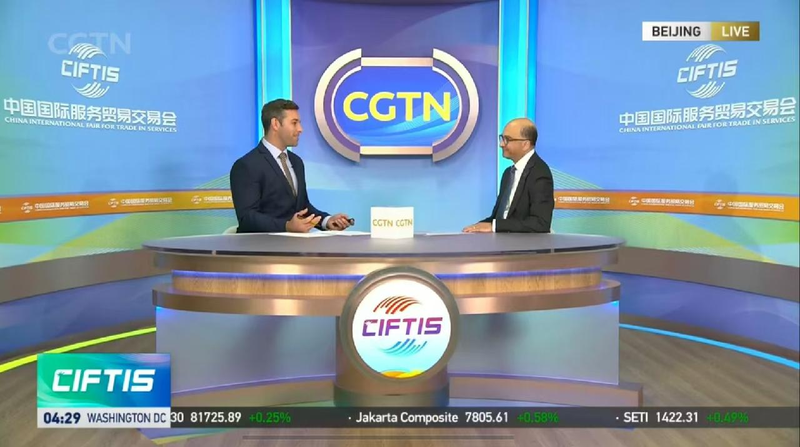Hey space enthusiasts! 🌟 Did you hear about China’s amazing Feitian spacesuits? They just set a new record in space! 🏆
What’s the Big Deal?
The Feitian spacesuits, whose name means “flying into space,” have been used by Chinese astronauts to perform spacewalks—when astronauts go outside their spacecraft to do important tasks. Usually, these special suits are designed to be used 15 times within 3 years. But guess what? One of these suits has been used 17 times! 😲 That’s more than anyone expected!
Why Are Feitian Spacesuits So Special?
These spacesuits are like mini spaceships! 🚀 They protect astronauts from the harsh environment of space. Here are some cool features:
- Radiation Protection: Shields from harmful space rays.
- Heat Insulation: Keeps astronauts warm or cool as needed.
- Micrometeorite Shielding: Protects from tiny flying space rocks. ☄️
- Ultraviolet Protection: Blocks dangerous UV rays from the sun. 🌞
- Liquid Cooling System: Maintains just the right temperature inside the suit. ❄️🔥
- Life Support Backpack: Provides oxygen to breathe and keeps the air pressure just right. 🌬️
Suiting Up for Spacewalks
Spacewalks can be tough! During the Shenzhou-19 mission, two astronauts spent over seven hours outside their space station. That’s like a whole school day! 🏫 To help them stay strong, the Feitian spacesuits have built-in water and food.
Inside the helmet, there’s a drinking tube so astronauts can sip water when they’re thirsty. 🚰 There’s also a special pocket with energy bars that are high in calories to keep their energy up. 🍫
Did You Know?
Each Feitian spacesuit weighs about 130 kilograms (that’s like 6 average teenagers!) and costs around 30 million yuan (about $4 million USD) each. That’s one fancy outfit! 💰👩🚀
The Future of Space Exploration
With these record-breaking spacesuits, China’s astronauts are able to work longer and do more important tasks in space. Who knows what discoveries they’ll make next? Maybe one day, you’ll be the one wearing a spacesuit and exploring the stars! 🌌✨
Stay curious, future explorers! 🛰️
Reference(s):
cgtn.com




